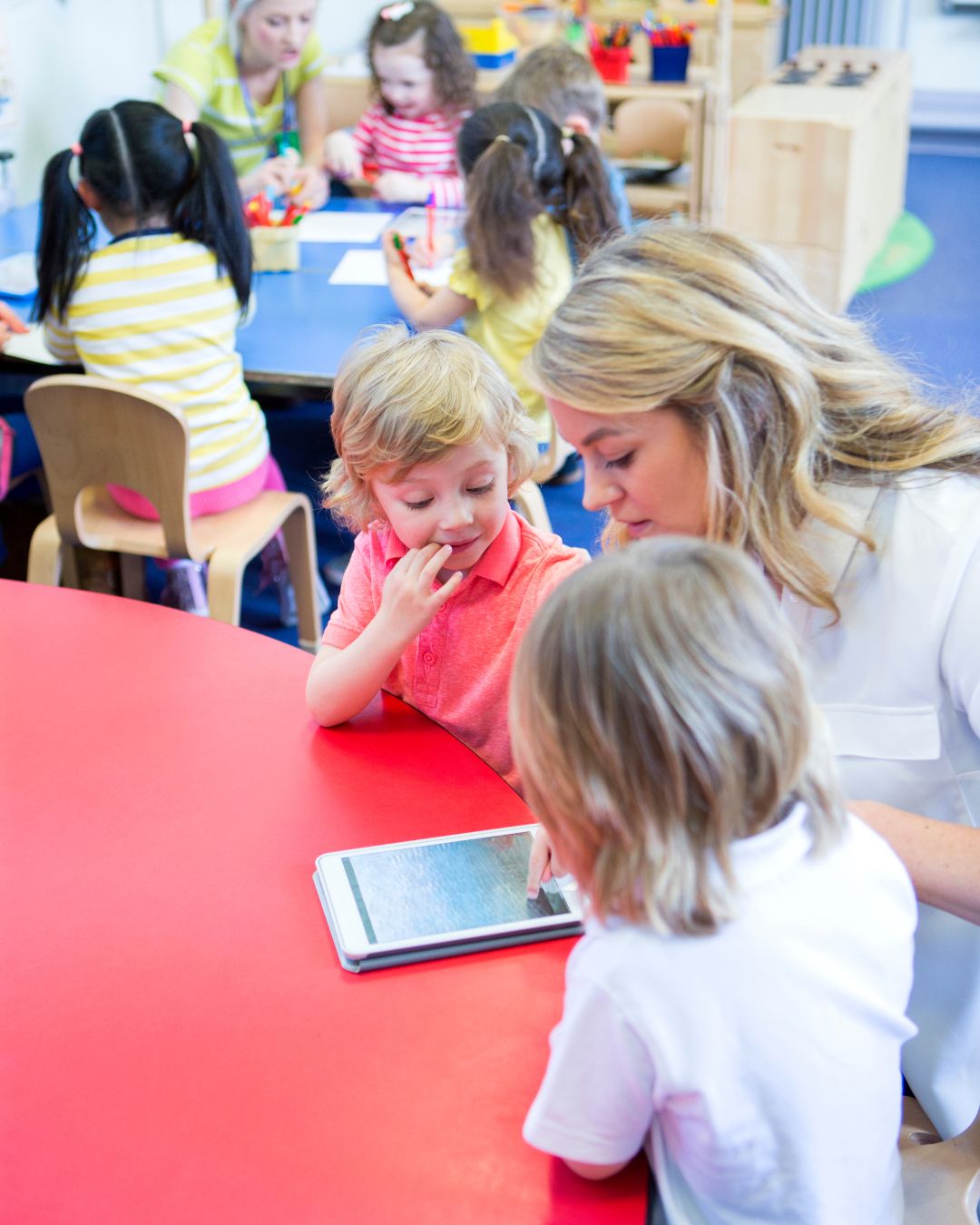

Incorporating technology in education is crucial for student learning and development. Technology can help make lessons more engaging, interactive, and personalized. Access more details check below. It allows students to access a wealth of information and resources at their fingertips, which can enhance their understanding of complex concepts. Without technology in the classroom, students may struggle to keep up with the fast-paced digital world outside of school.
By integrating technology into education, teachers can create dynamic and innovative lessons that cater to different learning styles. This can lead to improved academic performance and increased student motivation. Access additional information click right here. Without technology, lessons may become stagnant and fail to capture the interest of today's tech-savvy generation.
Furthermore, incorporating technology in education prepares students for future success in a digital-driven society. By familiarizing themselves with various technological tools and platforms early on, students will be better equipped to navigate the ever-changing landscape of the workforce. Without exposure to technology in the classroom, students may fall behind their peers who have had access to these resources.
Overall, the importance of incorporating technology in education cannot be overstated. It is essential for enhancing student learning, improving academic performance, and preparing students for success in an increasingly digital world. So let's embrace educational technology and harness its power to revolutionize teaching and learning!
Educational technology has many different types that can help students learn in new and innovative ways. There are tools like interactive whiteboards, online learning platforms, and educational apps that can make studying more fun and engaging. These technologies not only make learning easier, but they also help students to stay motivated and interested in their studies.
added details available see this. One of the most popular educational technologies is video conferencing, which allows students to connect with teachers and classmates from anywhere in the world. This can be especially helpful for students who are unable to attend traditional classes due to distance or other constraints.
Another useful tool is virtual reality, which immerses students in realistic environments that can enhance their understanding of complex concepts. By using VR headsets, students can explore historical sites, conduct science experiments, or even travel through space without ever leaving the classroom.
Overall, educational technology offers a wide range of possibilities for enhancing the learning experience. While some may argue that these tools are impersonal or distracting, they can actually provide valuable resources and opportunities for students to engage with material in a meaningful way. So next time you're struggling with a difficult subject, consider trying out some of these innovative technologies – you might just find that they make learning a whole lot more enjoyable!
In the United States, public institution teachers spend an standard of $479 out of pocket yearly on classroom supplies, highlighting funding gaps.
Literacy prices among adults around the world have actually boosted from 76% in 1970 to over 86% today, revealing considerable progress in academic outreach.
In Ancient Greece, education and learning was highly valued with approaches that included discussions, discussions, and lectures, which are still prominent today.
Educational technology investments reached over $18.66 billion in 2019, showing the growing emphasis on digital discovering devices.
As we look ahead to the future, it's clear that technology will continue to have a profound impact on education.. From virtual reality to artificial intelligence, there are countless innovations that will shape the way students learn and teachers teach.
One major trend in educational technology is personalized learning.

Posted by on 2024-05-02
Parental involvement in early childhood education initiatives is so crucial!. It can have a huge impact on a child's development and success later in life.

Posted by on 2024-05-02
When it comes to promoting diversity and inclusion in schools, evaluating progress and making adjustments is key to ensuring continued commitment.. It's important that we constantly assess how we are doing and take steps to improve if needed.

Posted by on 2024-05-02
Educational technology is super important in the classroom. It helps students to engage more with the material and to learn better. Without it, teaching would be much harder and less effective. There are so many benefits to using educational technology, like making lessons more interesting and interactive. It also allows teachers to personalize learning for each student, helping them to succeed. So if you aren't using educational technology in your classroom, you're missing out on a lot of great opportunities for your students!


Integrating technology in education can bring about a lot of benefits like increased engagement and accessibility, but it also comes with its fair share of challenges and limitations. It's not always easy to implement new technologies in the classroom, especially when there are limited resources or lack of proper training for teachers. Sometimes, the technology itself can be glitchy or unreliable, causing frustration for both educators and students.
One major challenge is ensuring that all students have equal access to technology, regardless of their background or socio-economic status. This digital divide can widen the gap between those who have access to the latest gadgets and those who don't, creating an unfair advantage for some students. Additionally, there is a risk of over-relying on technology as a teaching tool, neglecting other important aspects of learning such as critical thinking and problem-solving skills.
Despite these challenges, there are ways to overcome them and make the most out of educational technology. By providing adequate support and training for teachers, schools can ensure that they are able to effectively integrate technology into their lessons. It's also important to constantly evaluate the impact of technology on student learning outcomes, adjusting strategies as needed to maximize its potential benefits.
In conclusion, while integrating technology in education may pose some difficulties, it is ultimately worth pursuing for the numerous advantages it brings. By being aware of the challenges and limitations involved and taking proactive steps to address them, we can create a more dynamic and engaging learning environment for students.
When it comes to implementing educational technology in the classroom, there are a few key strategies that can help ensure success. One of the most important things to consider is proper training for teachers and staff so they feel comfortable using the new technology. Without this, it can be difficult for them to integrate it into their lessons effectively.
Another crucial aspect is having a clear plan in place for how the technology will be used and integrated into the curriculum. This can help avoid confusion and ensure that all students are able to benefit from its use. Without a solid plan, it's easy for things to become disorganized and for the technology to not be used to its full potential.
Additionally, it's important to regularly assess the effectiveness of the educational technology being used. This can help identify any areas that may need improvement or adjustment, ensuring that it continues to benefit students in the long run.
By following these strategies and staying proactive in their implementation, educators can maximize the impact of educational technology in their classrooms and provide students with valuable learning opportunities.


As we look ahead to the future trends in educational technology, it's clear that there are many exciting developments on the horizon. From virtual reality and artificial intelligence to personalized learning platforms and online collaboration tools, the possibilities for enhancing education through technology seem endless.
One of the most promising trends is the integration of AI into educational software, which can help teachers personalize instruction based on students' individual needs and abilities. This means that students will no longer be limited by a one-size-fits-all approach to learning, but instead will have access to resources and support tailored specifically to them.
Another trend that is gaining momentum is the use of virtual reality in the classroom. With VR headsets becoming more affordable and accessible, students can now experience immersive learning environments that were previously only possible through field trips or expensive simulations. This not only makes learning more engaging and interactive, but also allows students to explore subjects in ways that were previously impossible.
Online collaboration tools are also changing the way students work together on projects and assignments. Platforms like Google Classroom and Microsoft Teams make it easy for students to communicate, share resources, and collaborate on group projects from anywhere with an internet connection. This means that students no longer have to be physically present in the same location to work together effectively.
Overall, these trends in educational technology are revolutionizing the way we teach and learn. While there are still challenges to overcome, such as ensuring equal access to technology for all students and addressing privacy concerns related to data collection, the potential benefits far outweigh the risks. With continued innovation and investment in educational technology, we can create a more inclusive and effective learning environment for all students.